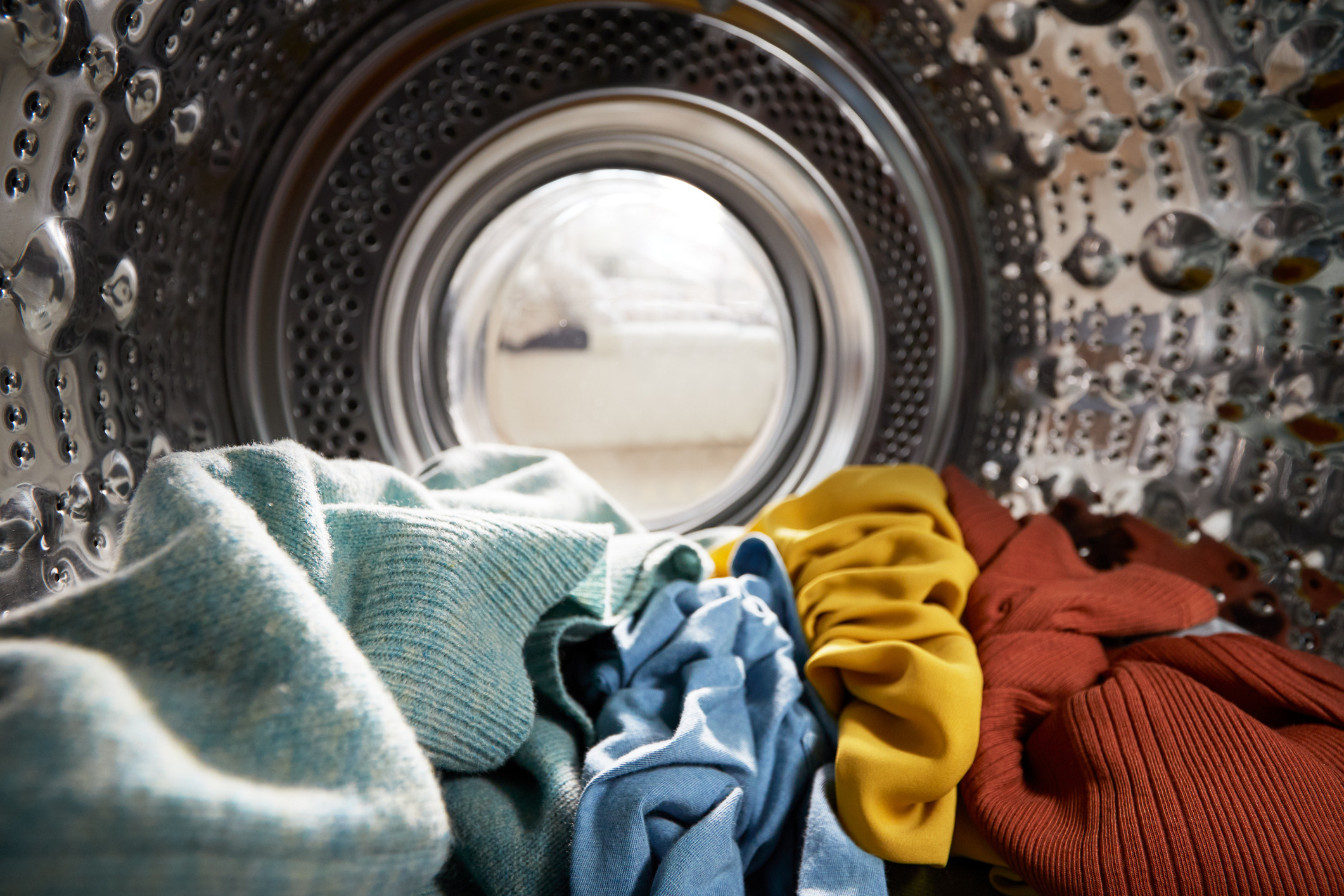If you need to replace your heating system, you have a real opportunity to cut your carbon emissions. Most people heat their homes with gas or oil boilers and the obvious solution is to replace them when they fail.
However, think about switching away from gas or oil heating altogether. The lowest carbon option is to install a heating system such as an air source or ground source heat pump. Heat pumps are powered by electricity and are much more efficient than gas boilers.
Installing an air source heat pump could reduce your carbon footprint by 2,300kg a year in Great Britain (GB) and 3,300kg in Northern Ireland (NI).
If you’re not quite ready to make the switch to a heat pump, it’s still worth getting your home ‘heat pump ready’. This includes:
- Upgrading to radiators that have a larger surface area.
- Lowering your boiler’s flow temperature.
- Considering underfloor heating.
- Thinking about where you’d be able to put a hot water cylinder.

